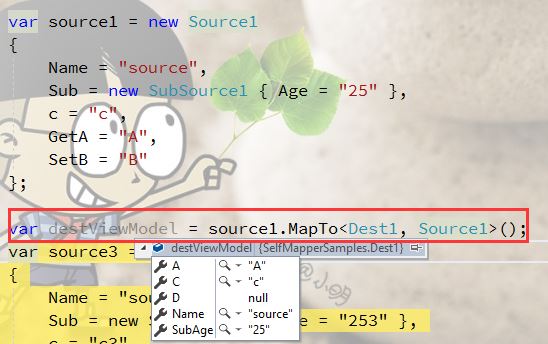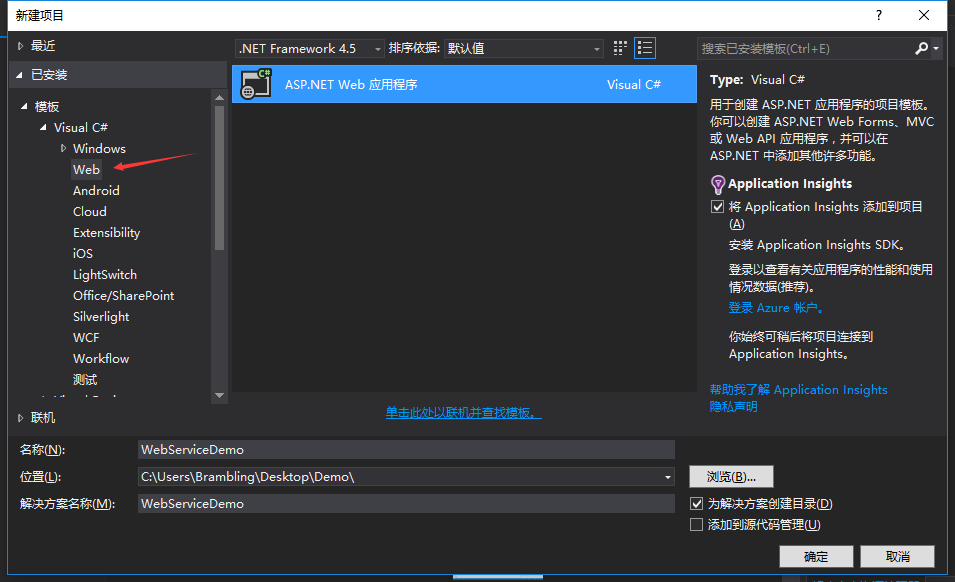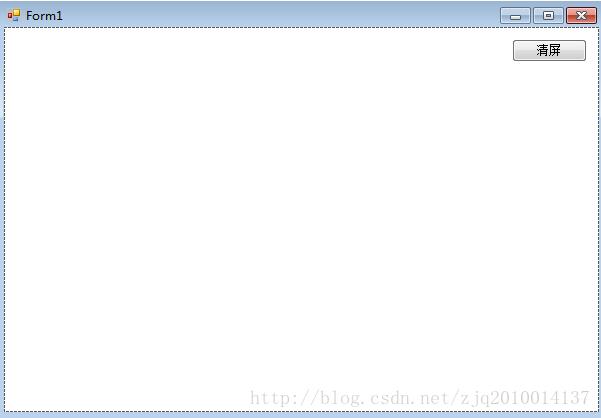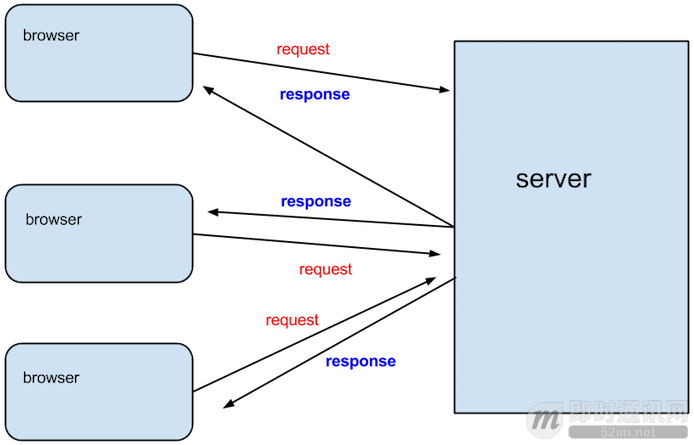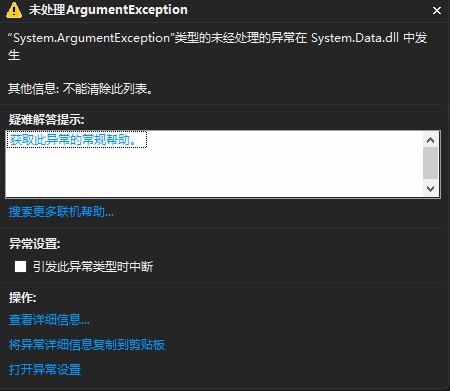这篇文章主要介绍了C# 中使用隐式和显式操作符的示例,帮助大家更好的理解和学习使用c#,感兴趣的朋友可以了解下
人工干预后,编译器也就放行了。
创建 DTO 类
接下来我们研究一下如何在 用户自定义类型 上使用 隐式 和 显式转换,比如:Class,考虑下面的类。
public class Author
{
public Guid Id { get; set; }
public string FirstName { get; set; }
public string LastName { get; set; }
}
public class AuthorDto
{
public string Id { get; set; }
public string FirstName { get; set; }
public string LastName { get; set; }
}在上面的代码中,定义了一个 Author 实体类,然后再为 Author 定义一个数据传输对象 AuthorDTO,数据传输对象是一个数据容器,常用于在 Presentation 和 Application层 之间传递数据。
Model 和 DTO 之间的相互转换
下面的代码展示了如何实现 Author 和 AuthorDto 之间的相互转换。
public AuthorDto ConvertAuthorToAuthorDto(Author author)
{
AuthorDto authorDto = new AuthorDto
{
Id = author.Id.ToString(),
FirstName = author.FirstName,
LastName = author.LastName
};
return authorDto;
}
public Author ConvertAuthorDtoToAuthor(AuthorDto authorDto)
{
Author author = new Author
{
Id = Guid.Parse(authorDto.Id),
FirstName = authorDto.FirstName,
LastName = authorDto.LastName
};
return author;
}如果需要在应用程序中为若干个类写这样的转换代码,你会发现实现类之间的转换使的代码比较冗余,而且代码可读性也好不到哪里去。所以在这种场景下就是 显式 和 隐式 操作符的用武之地。
使用隐式操作符
实现 model-dto 之间的转换更简单粗暴的方式就是使用 隐显式操作符,这样就避免了冗长的方法调用,让代码更加的直截了当。
下面的代码展示了如何使用 隐式操作符 将 Author实例 转成 AuthorDto 实例。
public static implicit operator AuthorDto(Author author)
{
AuthorDto authorDto = new AuthorDto();
authorDto.Id = author.Id.ToString();
authorDto.FirstName = author.FirstName;
authorDto.LastName = author.LastName;
return authorDto;
}接下来看一下如何在 Main 方法中使用 隐式操作符。
static void Main(string[] args)
{
Author author = new Author();
author.Id = Guid.NewGuid();
author.FirstName = "Joydip";
author.LastName = "Kanjilal";
AuthorDto authorDto = author;
Console.ReadKey();
}使用显式操作符
下面的代码展示了如何利用 显式操作符 将 Author 实例转成 AuthorDto 。
public static explicit operator AuthorDto(Author author)
{
AuthorDto authorDto = new AuthorDto();
authorDto.Id = author.Id.ToString();
authorDto.FirstName = author.FirstName;
authorDto.LastName = author.LastName;
return authorDto;
}
这时候在 Main 方法中就需要人工介入进行强转了,如下代码所示:
static void Main(string[] args)
{
Author author = new Author();
author.Id = Guid.NewGuid();
author.FirstName = "Joydip";
author.LastName = "Kanjilal";
AuthorDto authorDto = (AuthorDto)author;
Console.ReadKey();
}值得注意的是,你不能在一个类中的对象转换同时定义 显式 和 隐式操作符,如下图所示:
如果你定义了隐式操作符,那么对象之间的转换可以是隐式或显式,如果你定义了显式操作符,那么你只能显式的实现对象转换,虽然隐式操作使用起来非常方便,但显式操作会让代码意图更明显,可读性更高。
以上就是C# 中使用隐式和显式操作符的示例的详细内容,更多关于C# 中使用隐式和显式操作符的资料请关注得得之家其它相关文章!
本文标题为:C# 中使用隐式和显式操作符的示例


- c# 模拟线性回归的示例 2023-03-14
- .NET CORE DI 依赖注入 2023-09-27
- user32.dll 函数说明小结 2022-12-26
- 如何使用C# 捕获进程输出 2023-03-10
- Unity3D实现渐变颜色效果 2023-01-16
- Oracle中for循环的使用方法 2023-07-04
- WPF使用DrawingContext实现绘制刻度条 2023-07-04
- C# 使用Aspose.Cells 导出Excel的步骤及问题记录 2023-05-16
- 在C# 8中如何使用默认接口方法详解 2023-03-29
- Unity Shader实现模糊效果 2023-04-27
